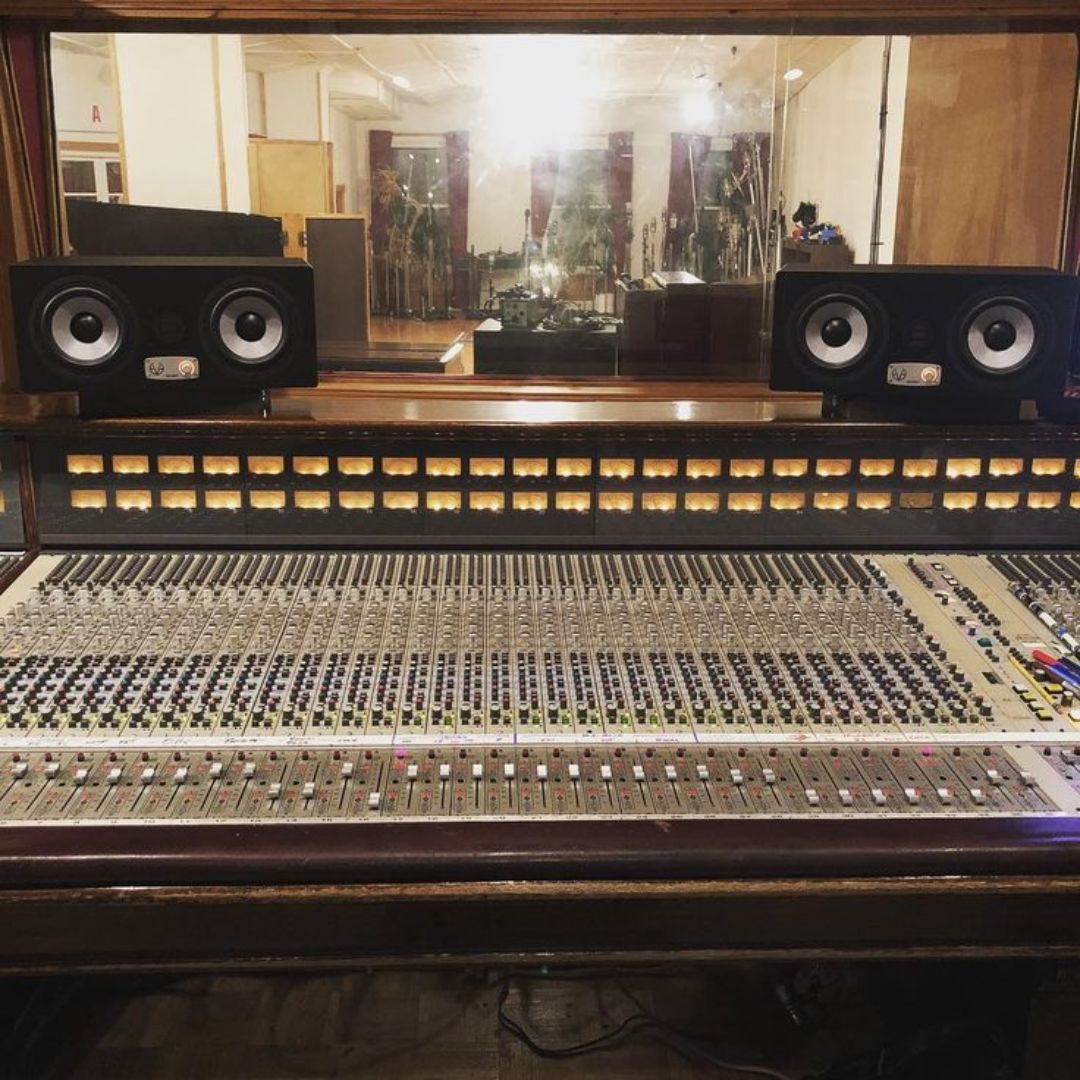Creative Techniques Used in Modern Audio & Music Production

In today’s fast-moving digital world, music production has become more creative, expressive, and exciting than ever before. What once needed massive studios and complicated gear can now be done with just a laptop, a few tools, and a lot of imagination. Music producers and sound engineers are blending technical skills with creativity to shape the music we listen to every day.
For those dreaming of making music or working with sound, joining music production courses in India can be a great way to begin. These courses teach the tools, software, and techniques used by professionals today. Whether you’re just curious about how songs are made or you’re planning a career in music, understanding the creative methods used in modern audio production will help you see music from a whole new angle.
- Layering for Depth and Richness
Layering means stacking different sounds together to create a fuller and more detailed audio experience. For example, a single drum sound may actually be made from several drum samples blended together—each adding its own character. This method is also used for vocals, instruments, and background sounds.
It’s one of the easiest yet most powerful techniques to give life and depth to a track.
- Automation for Dynamic Movement
Automation allows producers to make changes to volume, effects, and sound position over time. These small changes add motion to the track and keep the listener’s interest. You can automate the reverb to grow slowly before a chorus or make a vocal echo fade away smoothly.
It’s like giving your track a human touch by making it breathe and evolve naturally.
- Creative Sampling and Resampling
Sampling is the art of using pieces of existing sounds or recordings in a new way. It could be a sound from an old song or even a natural noise like birds chirping. Resampling takes this idea further by editing, reshaping, and turning these sounds into something totally different.
This technique opens up endless possibilities and is often used to make beats, sound effects, and ambient textures.
- Sound Design with Synths and Effects
Modern producers use synthesizers and audio effects to design their own unique sounds. They control wave shapes, filters, and modulation settings to create basslines, leads, pads, or even weird, otherworldly tones.
Combining these sounds with effects like echo, delay, and distortion gives them character and emotion. Sound design is one of the most creative parts of music production.
- Vocal Chopping and Manipulation
In today’s music, vocals are not just used for singing—they’re also used as creative sound elements. Producers cut vocals into short pieces, shift their pitch, or play them in reverse to create new rhythms or textures.
This technique is especially popular in genres like electronic music and modern pop, where vocal effects play a huge role in building mood and energy.
- Using Silence and Space
Good music isn’t just about sound—it’s also about knowing when to pause. Silence, or empty space in a track, helps highlight other elements and gives the listener a moment to breathe.
This approach is common in minimal music, R&B, and even hip-hop. When used well, silence can be just as powerful as sound.
- Parallel Processing for Clarity and Power
Parallel processing means making a duplicate of a sound, applying heavy effects like compression or saturation on that copy, and then mixing it back in with the clean original. This keeps the sound clear and punchy at the same time.
It’s often used on drums and vocals to add power without losing clarity. The result is a clean yet bold sound that grabs attention.
- Creative EQ and Filtering
EQ (Equalization) is used to adjust the volume of different frequencies in a sound. But it’s not just for fixing problems—EQ can also be used creatively. Producers may boost certain parts of a sound to add energy or use filters to sweep sounds in and out for transitions.
These techniques add excitement and keep the music flowing smoothly from one section to another.
- Glitching and Time Manipulation
Glitch effects are those strange, stuttering sounds you often hear in electronic music. Producers create them on purpose by chopping and rearranging audio. Time manipulation includes stretching, slowing, or reversing sounds to make them feel different and unexpected.
These methods are used in genres like lo-fi, EDM, and experimental music to surprise the listener and make the track stand out.
- Blending Analog and Digital Sounds
Even though music is mostly made using computers today, many producers still love the warmth of analog equipment. They often record vocals or instruments using analog gear and then edit them digitally.
This blend gives the music a natural and rich feel while keeping all the advantages of modern production tools.
- Creative Arrangement and Song Structure
Not all songs follow the same verse-chorus-verse pattern anymore. Some producers start their songs with a hook or create builds that never fully drop. Others might end the song suddenly to create emotion or mystery.
Breaking the rules of song structure helps create music that feels fresh and different.
- Mastering for Digital Listening Platforms
The final step in music production is mastering, which makes sure the track sounds good on phones, headphones, speakers, and streaming apps. It balances loudness, sharpness, and stereo width so that the music feels polished and professional.
Mastering also helps your song stand out in today’s digital world where most people listen online.
Final Thoughts
Modern audio and music production is a mix of art, science, and creativity. Whether you’re producing music from your bedroom or learning in a studio, there are so many exciting tools and techniques available today. If you’re serious about making a career in this field, enrolling in sound engineering courses in Bangalore can be a smart move. These courses help you master both the technical side and the creative side of production.
From layering sounds to manipulating time, every technique adds something special to the final mix. As technology keeps evolving, so does the way music is made. And with a little knowledge and a lot of creativity, anyone can start crafting music that connects, moves, and inspires.



